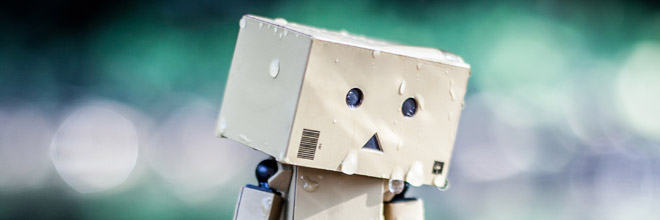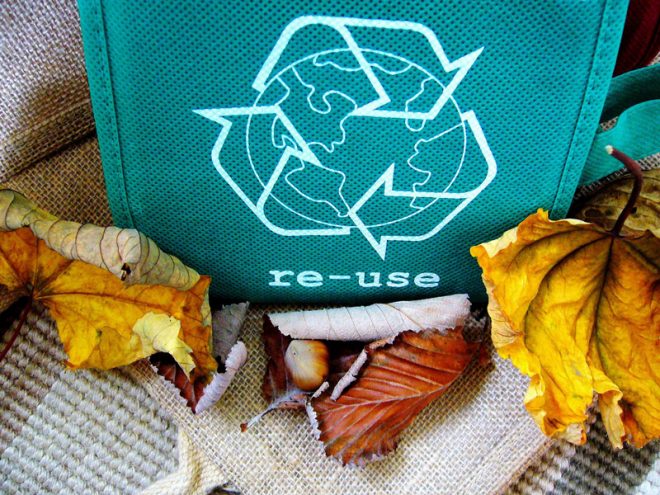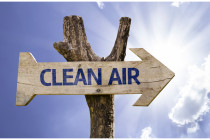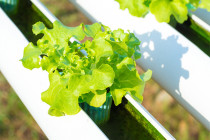![]()
You care about the environment, try to make conscious decisions, you separate cardboard, paper and plastic, you recycle, maybe you even compost! But even the wisest cannot see all ends, and there are many green-washed and deceptive items that look like you can recycle them but that are actually going to end up in a landfill.
In fact, throwing non-recyclable items in with recyclable ones can do more harm than good. Many recycling facilities throw an entire load away -into a landfill- when as little as one item that can’t be recycled is found. Facilities rely on consumers to sort the trash; it takes a lot time, money and resources to re-sort and organize waste. Do what you can by learning what makes an item recyclable and by making the switch to a more environmentally-friendly option (we’ll give you some below!)
Ceramic Mugs and Plates

Ceramic does not behave the same as glass, many people assume that it can be sent to the same recycling facility that glass is sent to, but unfortunately they’re not accepted.
SOLUTION? If you have a broken mug or plate consider taking them to an arts and crafts center, use mugs as vases for flowers and around your garden to decorate. Ceramic can be broken into pieces to decorate mirrors and frames.
Plastic Bottle Caps

Yes plastic bottle caps can be recycled, however only a few specialized facilities do so. They’re made out of plastic #5 or polypropylene, which is extra thick and harder to process. Recycling facilities avoid them not just because they’re harder to work with, but also because they can fly out at dangerously fast speeds when a plastic bottle is being crushed, making them a safety hazard and corporate liability. People remember to take the cap out for their value at home, but often use public recycling bins and leave the cap on.
SOLUTION: Choose to carry your own metal or glass liquid container so you can avoid buying a plastic bottle, but if you do, just take the cap out before tossing it in the recycling bin. Keep the caps and collect them, when you have a good number find a facility that takes them for either recycling or reuse, you’ll usually get paid for it!
Juice Boxes and Milk Cartons

They’re made of cardboard, but also coated in heavy plastic and print that’s hard to separate and renders the cardboard useless for recycling. Carton comes in two presentations, shelf-stable and refrigerated. Some cartons have evolved and are now suitable for recycling and clearly state it on the packaging, when looking for an option at the grocery store, check the carton to make sure you are getting the right one.
SOLUTION: Make your own fruit juice at home, choose glass containers when possible and if pressed for time, check the packaging for the recycling information.
Pizza Boxes

Yes, we know! It’s cardboard! How can this possibly not be recyclable? Well, pizza boxes are usually smeared with food residue and grease, which damages the resulting paper/cardboard pulp by lowering the fiber’s capacity to be bound. In essence, the paper fibers won’t stick together as well and producers have to throw the whole batch away. You’d be surprised how many well-meaning people send pizza boxes to the recycling facility, only to send more trash to the landfill than just a box.
Recycling relies heavily on a heat and water process that washes the contaminants away, but that also separate the fibers and components of the recycled item. When the fibers are put together again any pollutant that lowers their binding capacity will render an entire roll useless. There is no value in reselling this product, therefore recycling facilities don’t even bother.
SOLUTION: Eat less take-out and either have a fun time out eating at a restaurant or cook it yourself!
Paper Towels and Napkins

Paper Towels and Napkins
Paper-based products that have been in touch with food are not suitable for recycling; they’ve been contaminated just like pizza boxes.
SOLUTION? Skip the bin altogether by switching to washable cloths that you can reuse over and over. Carry some with you so you can refuse the ones provided at a restaurant or coffee shop!
Toothbrushes

It’s plastic! Surely you can recycle plastic? Well not so fast! Just like bottle caps are hard to recycle, so are toothbrushes, as a rule of thumb the thicker the plastic the harder it is to recycle. That’s why brands that manufacture plastic bottles, claim to be more eco-friendly when they make the the plastic thinner.
However, all is not lost! You can recycle them with a little more effort: there are companies that work with recycled toothbrushes and other dental care products. David Suzuki offers some ideas to recycle a toothbrush both for electric and standard.
SOLUTION? Switch to eco-friendly, bamboo toothbrushes. Amazon has many options for you and they deliver right to your door. Can’t get easier than that!
Wet Paper and Cardboard

The whole point of recycling is not just to keep waste out of landfills, it’s to keep waste out of landfills by re-introducing products into the market for a price. In short, it’s a business. Once the paper has been soaked in liquid -even if it’s just water- the miller won’t be able to get as much product out of it, since the fibers will be shorter and they’ll make less out of them. By lowering the potential for profit, we also lower the item’s capacity to be suitable for recycling.
SOLUTION? Try to dry out the sheets yourself, make sure no leaks hit your recycling bin and keep them away from rainwater and other things that can get your paper or cardboard soaked!
So now you know! Recycling is a way to save energy, by lowering our demand of new products. The best way to go about recycling is to aim for a zero-waste lifestyle and slowly live a more eco-conscious lifestyle. Remember the first R is REDUCE so Reduce, Reuse and Recycle more efficiently!
If you found this useful, help us by sharing this post with your friends, so more of us take steps to collectively make the world a better and greener place.
About The Author

- Maria Miranda is a Green Ambassador, Digital Marketer and Writer with a passion for personal development, conscious business, green living and travel. She has a BoA in Mass Media with a Major in PR and Advertising, and when she's not working on marketing she's dedicated to the promotion of eco-conscious lifestyle. She's lived in Panama, Brazil and the US working with brands to connect them in authentic ways with conscious consumers. Currently traveling the world.
- 2017.05.16Build a better future7 Things You Think Are Recyclable But Aren’t
- 2017.02.02Be green & saveHow to Have a Green Valentine’s Day in Canada
- 2016.12.13Build a better futureEco-conscious Consumption: a New Way to Look at Gift Giving
- 2016.10.11Be green & save9 Things You Didn’t Know You Could Do to Save Energy at Home





Leave a Reply